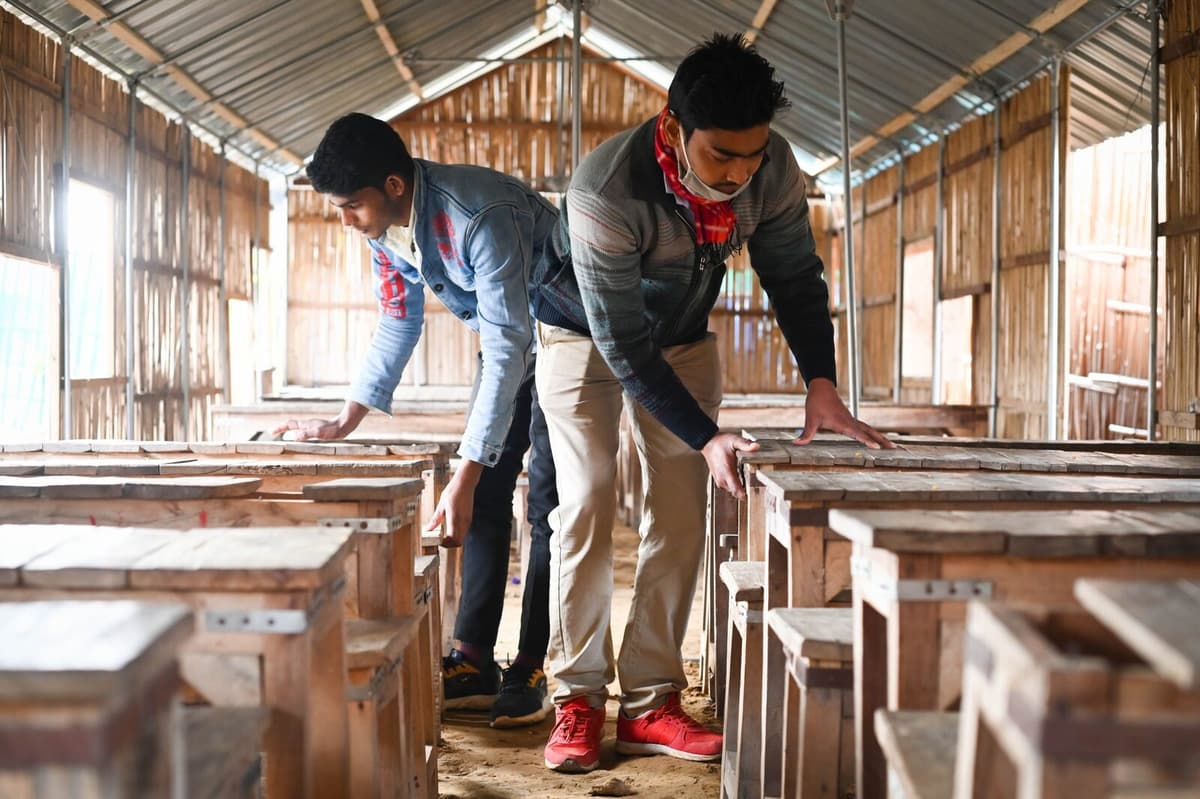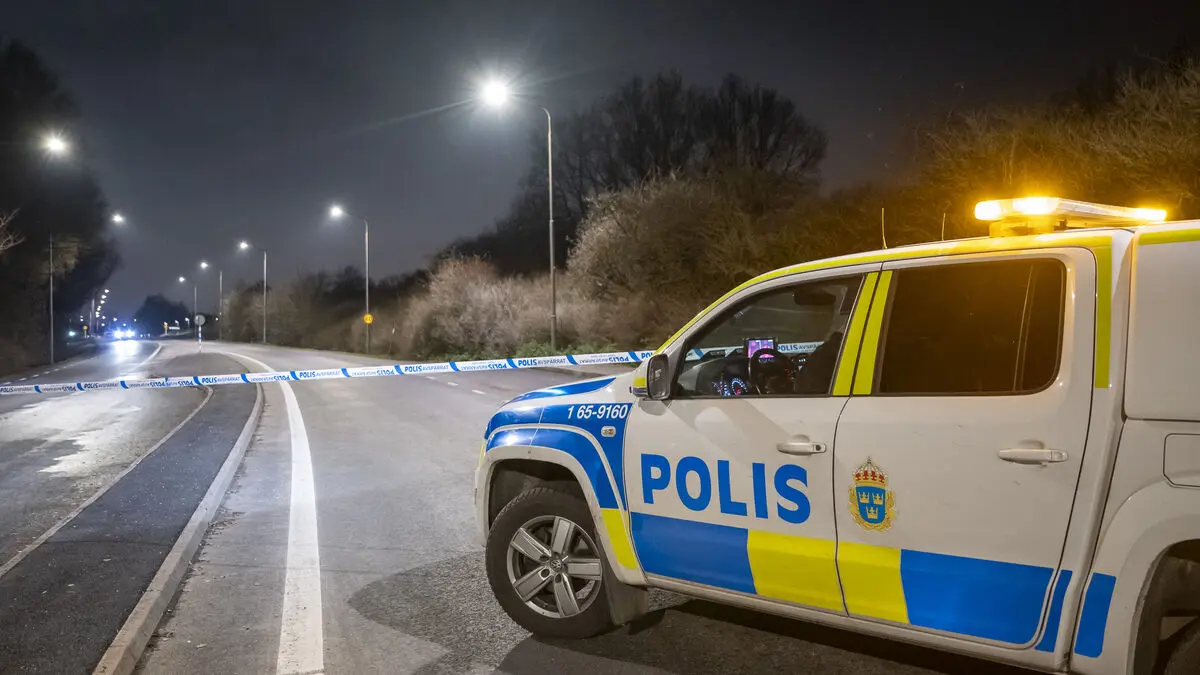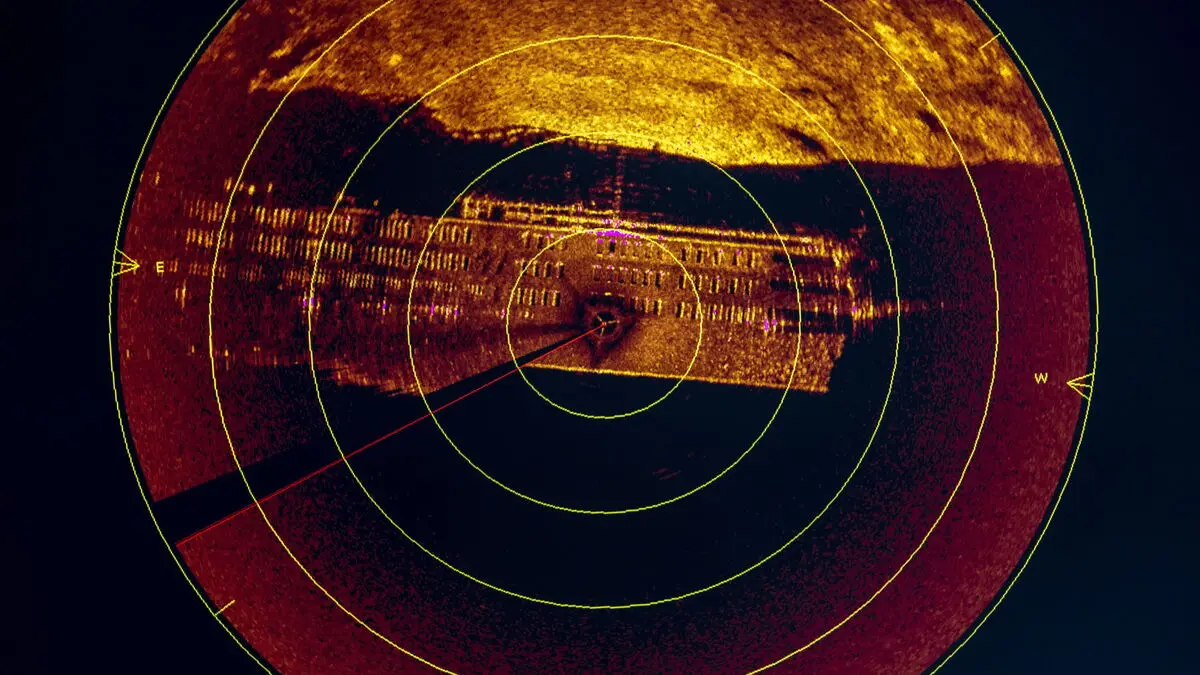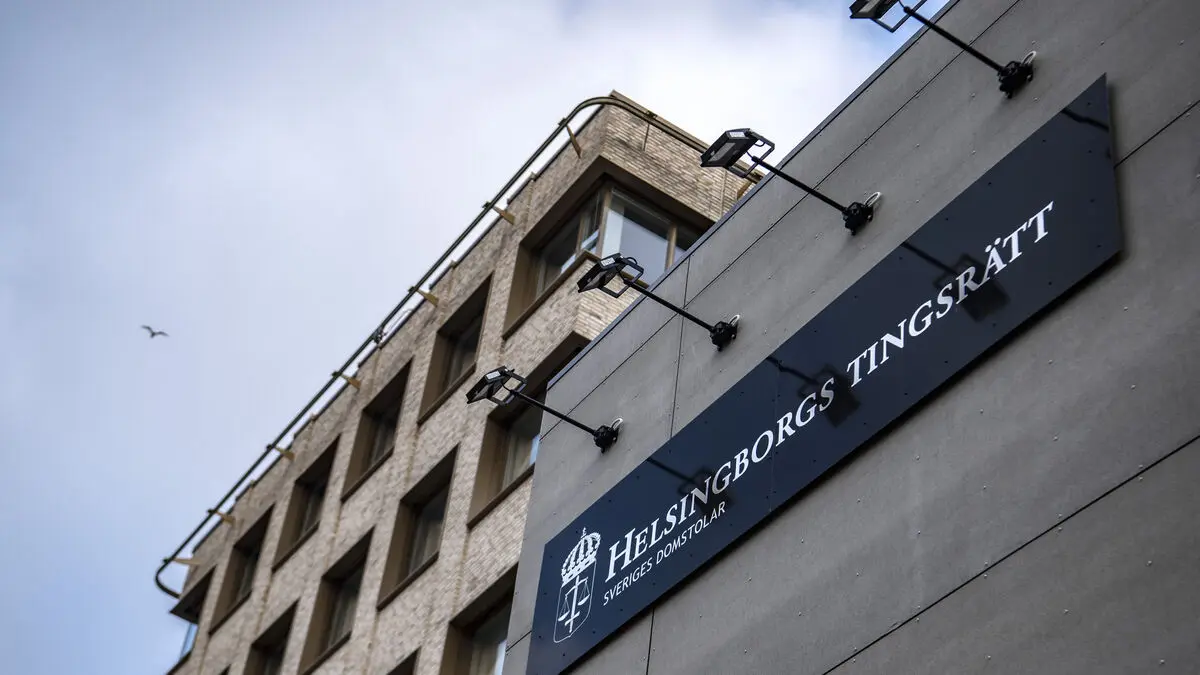Simple structures that can be quickly and easily assembled, that's what the homes sent to refugees in the world's disaster areas look like from Better Shelter. The non-profit company was created ten years ago by a small group of architects and engineers.
In the exhibition "Wireframe of life" opening on May 10 at the Venice Biennale, art is now being created from the temporary dwellings, with a focus on the question: what constitutes a home?
In the beginning, we were so focused on getting the houses out, and busy with logistics. But in recent years, we have more and more begun to explore how to adapt the houses to a home, says Johan Karlsson, CEO of the company, and continues:
We send a shell that keeps you safe, where you build further. It's about how you shape the home with the limited means you have.
Spiritual needs
The exhibition title refers to architects' so-called wireframes. That's what the houses look like at first, explains Johan Karlsson, they are thin constructions that can be sent away in large quantities. But the importance of flexibility has grown: homes must be able to adapt to different needs and individuals.
It's built for survival. But to weave and create ornaments, to make it beautiful, has nothing to do with physical survival but with spiritual, says Johan Karlsson, who believes that these needs are just as important.
A 17-year-old who fled Somalia to Chad cobbled together a film club in the house. Is it survival? Yes, it's the kind of thing that creates meaning with life, Johan Karlsson believes. He sees how refugees try to recreate the home they fled from.
Many are also escapist in how they furnish, because they want to be in another place. There's no one who wants to be in our homes. In such temporary situations, you have it very tough.
Folk culture
The exhibition shows a patchwork of techniques. In Somalia, they ripped out the plastic floor and put in an earth floor, which can easily be cooled with water. Some have grass roofs. In India, they used woven bamboo as walls and in Kenya, billboards.
It's a folk architecture, claims Johan Karlsson.
Just like we build with planks and Falu red in Sweden, they have techniques that they adapt on site. It's the residents who are the architects, not us.
Better Shelter was founded in 2015 and has sent out around 100,000 homes to refugees worldwide. Collaborating with UNHCR, Ikea Foundation, Red Cross, Red Crescent, and other local non-profit organizations.
The installation "Wireframe of life" was created in collaboration with the Swedish architect Love di Marco and architect Assaf Kimmel. The Swedish director Senay Berhe has made a film about the process, with visits to residents in Kenya.
The installation will be shown from May 23 November at the Architecture Festival in Venice.





